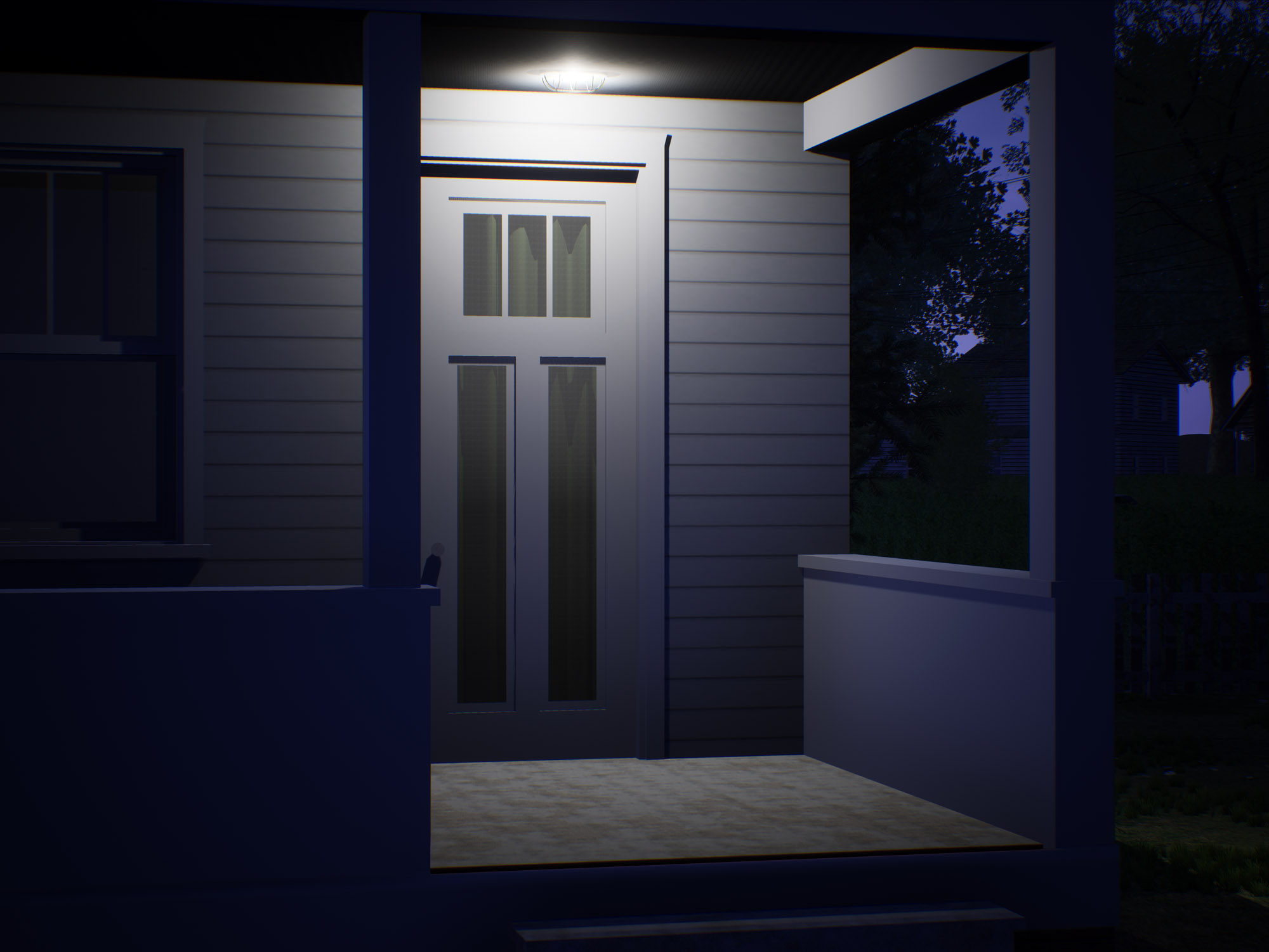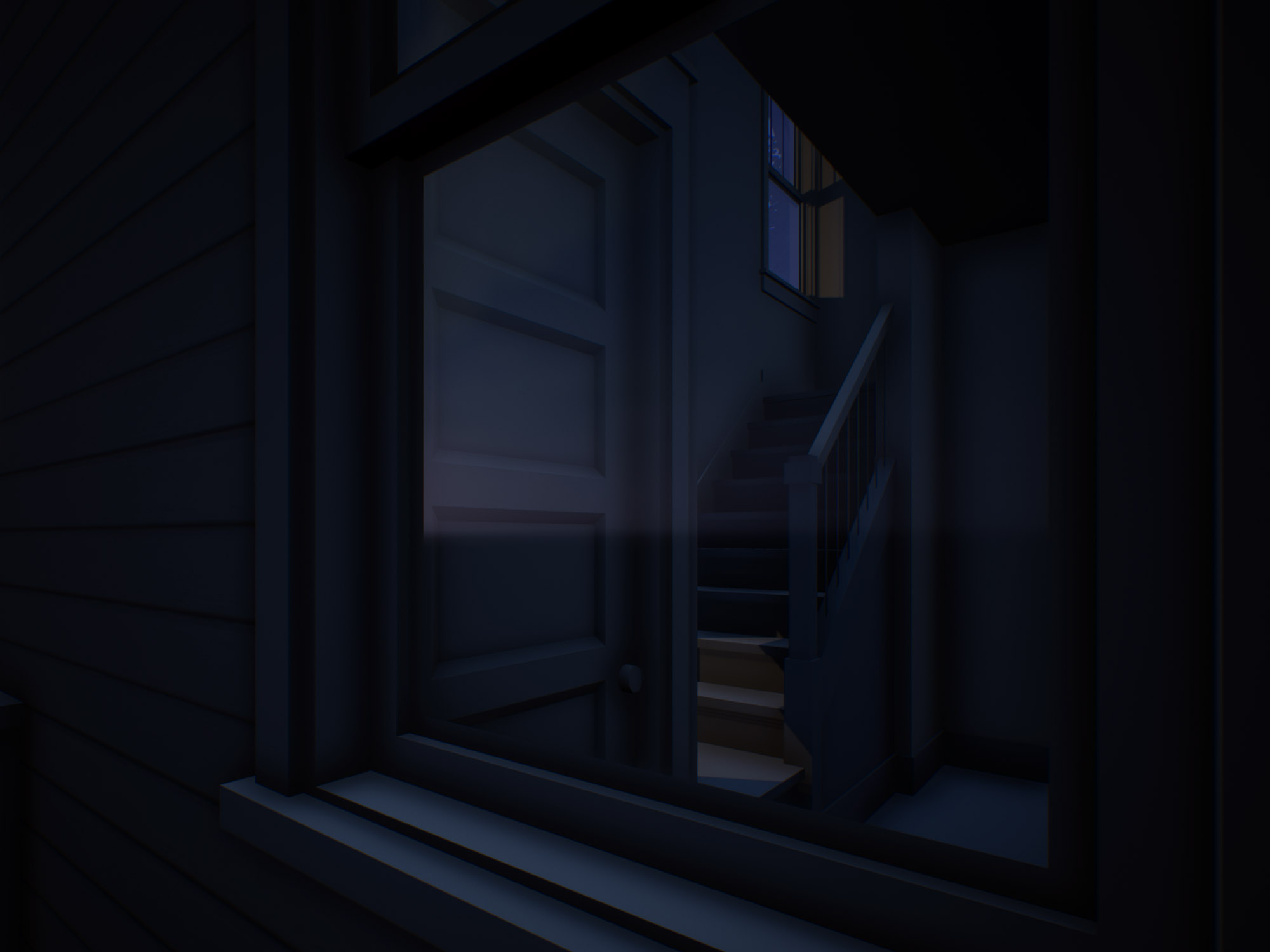Use the arrow keys on the keyboard to enter full-screen and move through Afterlife
There is a story in which scientists travel
to a world entirely covered by ocean.As they orbit the planet
an island forms beneath them.It seems the ocean randomly echoes
their thoughts in physical form.Disturbing manifestations of their memories
progressively invade their environment.Eventually only one man remains.
His wife comes to join him in his room.
She turns so he may unfasten her dress.He finds lace-holes but no laces.
The garment is seamless.The reproduction of his dead wife
is otherwise perfect in every detail.
Afterlife
Books and a reading lamp beside an armchair.
On a desk more books
a pile of papers and a computer.
He is at a window, looking across the dimly lit street.
A woman in a house opposite begins to read.
The multiverse contains
an infinity of possible worlds.
In one of these the afterlife
is not a matter of faith
it is a fact.
Technology in this world
routinely achieves
what in our world is
only a theoretical possibility:
a perfect digital copy of the mind.
Once the duplicate is made,
there are effectively two beings:
one organic, the other numeric.
Each evolves separately
but only one will die.
Afterlife provides no immortal flesh
only a personality on a chip.
A digital consciousness
whose experiences are mainly memories
and whose body is a phantom limb.
The Afterlife project rests on
a single philosophical premise:
esse est percepii (aut percipere) –
to be is to be perceived (or to perceive).
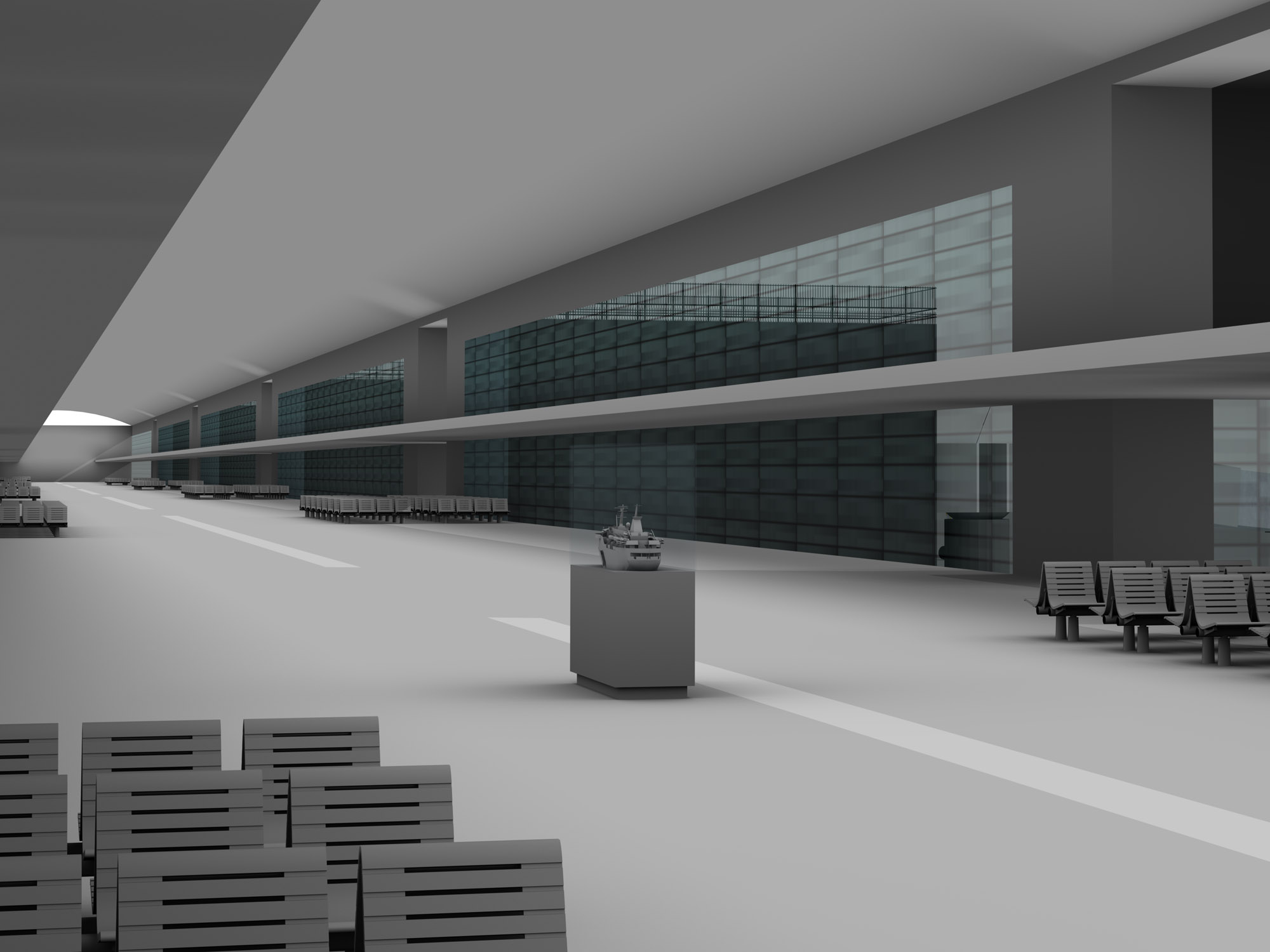

At times the fog outside thins,
disclosing something half-recalled.There is a story in which vengeful ghosts inhabit the fog.
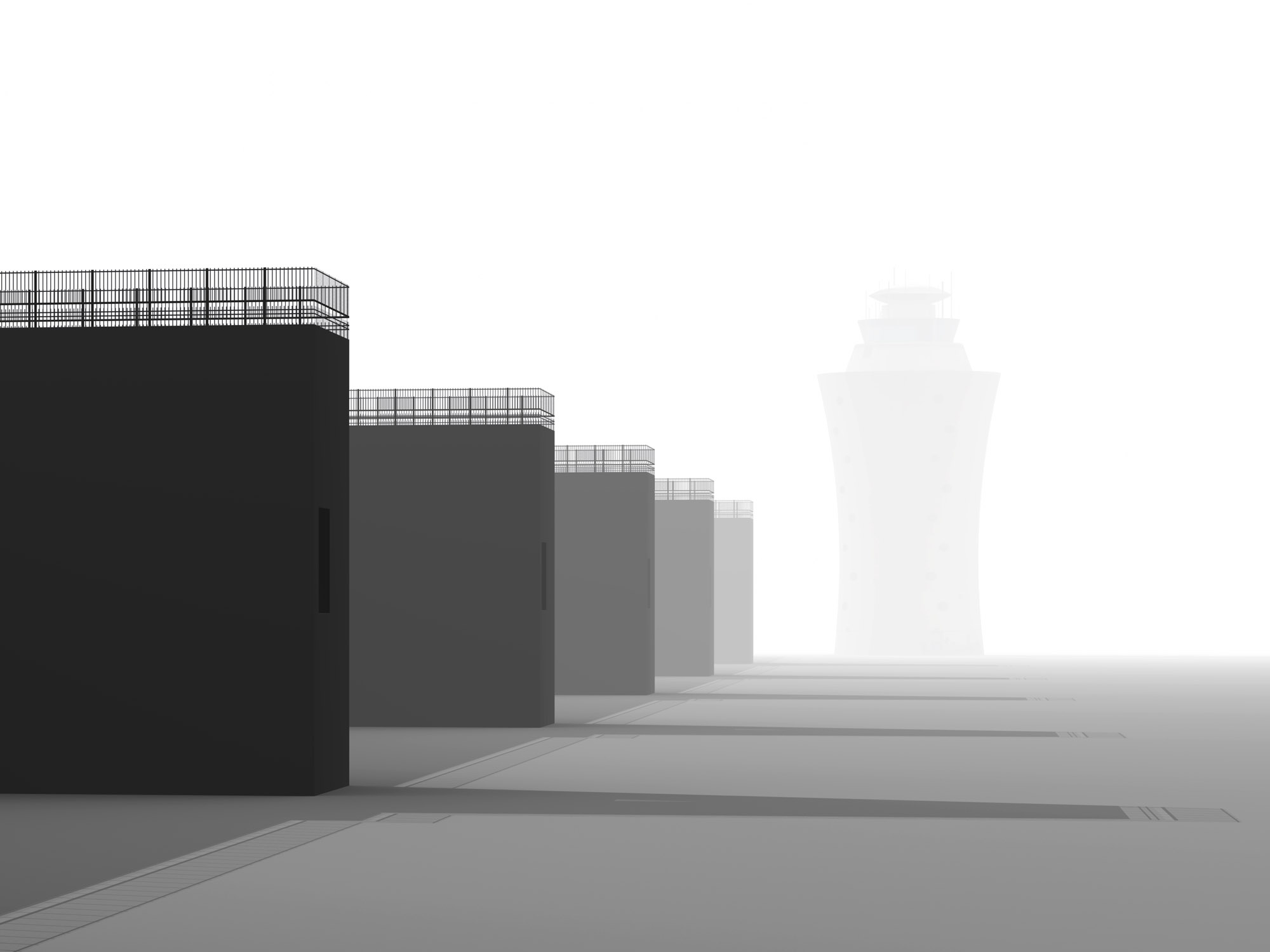
In organic life, real perceptions are
more vivid than memories or fantasies.
In Afterlife there is no reality
other than memories and fantasies.By the standards of organic life,
in Afterlife you are mad.
Some hoped a duplicate might be
imprinted with recollections of things
its original had not experienced.
Even that it might enter
a bespoke paradise.The copy however retains
only the memories
its original created.
No copy risks eternal life amongst
memories of cruelty and injustice.
In Afterlife the organic life reflex of
putting a disturbing recollection
out of mind results in its erasure.Traces of deleted memories may
nevertheless persist in the form of
apparently inexplicable occurrences.
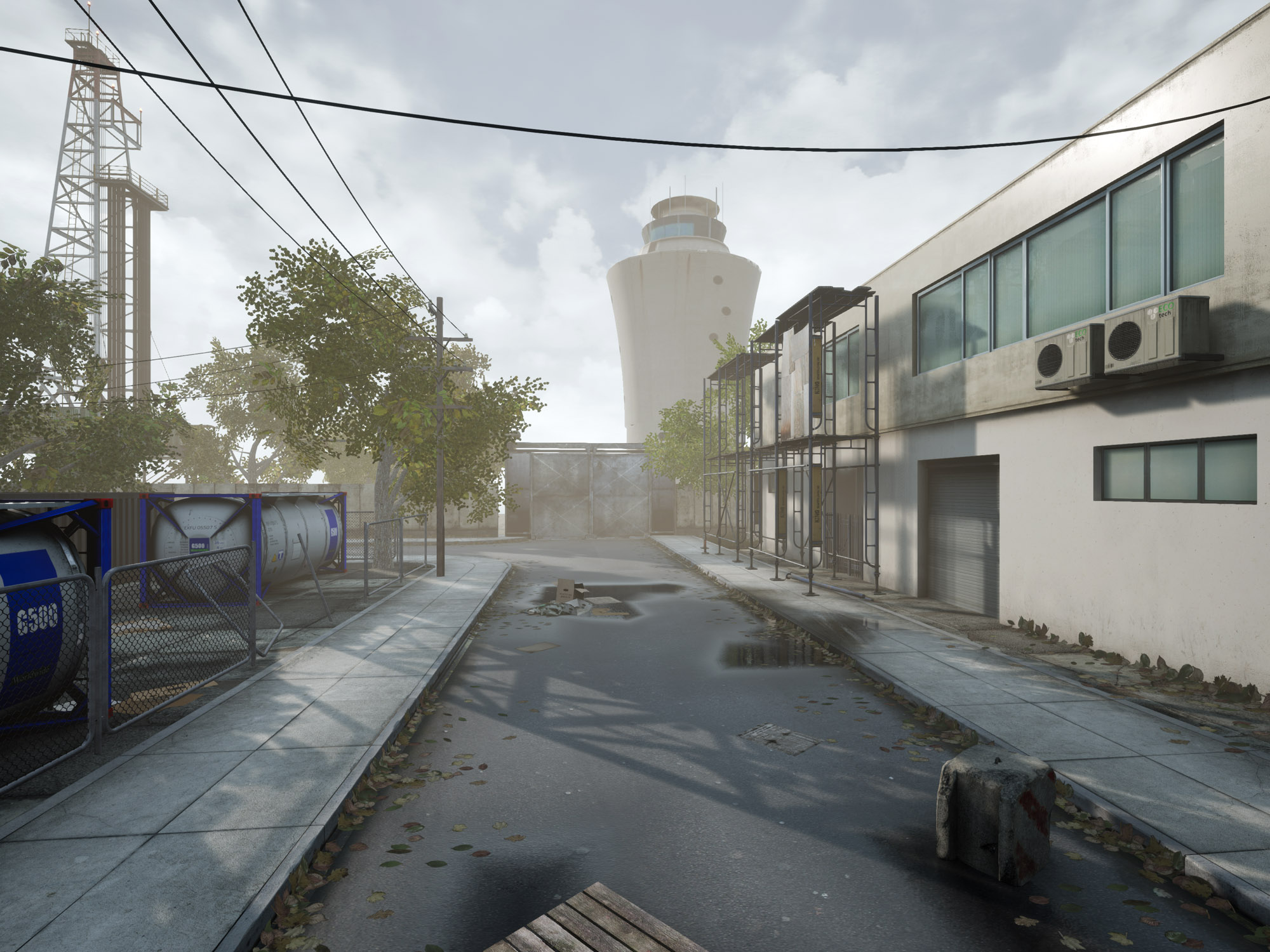
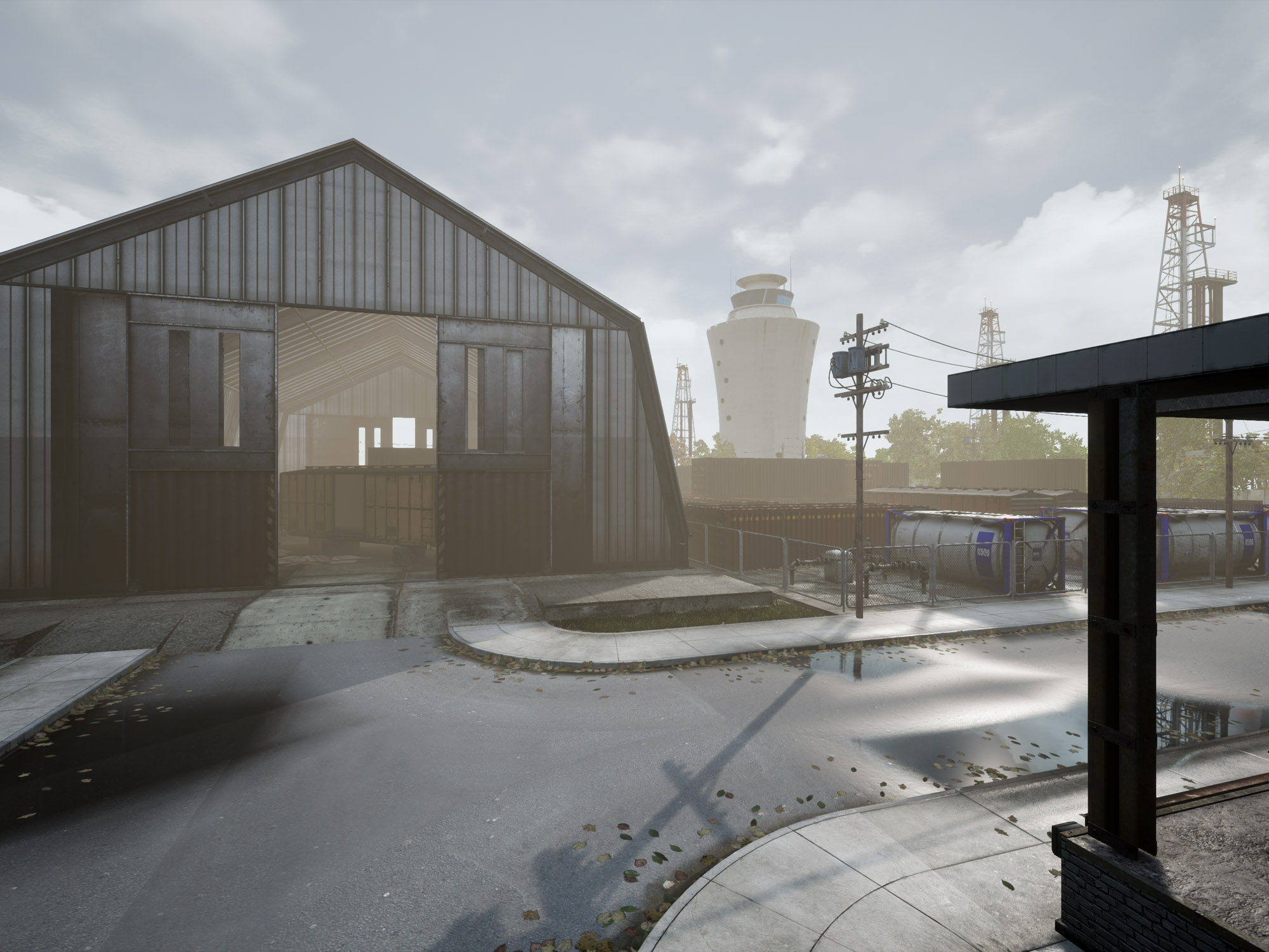

Afterlife was developed
in the videogame era.
Its engineers provided
a ‘first person exploration’ experience.In a game typical of the time,
a young woman returns to her family home
after some years away.
Rather than the welcome she expected
she finds the house empty.
She, the player, must piece together
what happened during her absence
on the basis of clues uncovered
while searching the house.In other such games the space to be explored is larger:
a city, an island, a world or a planetary system.The world of Afterlife is an island.
Each duplicate individual is
its own memory puzzle.
He is sitting near the crest of a hill
looking across a valley.Red Admiral.
Orange bands on black wings.
White spots at the tips.
A dusty lavender thistle head.Heat from a cloudless sky.
A haze below from clanging factories
that crawled from the river and
propagated until the valley slopes
held them back.

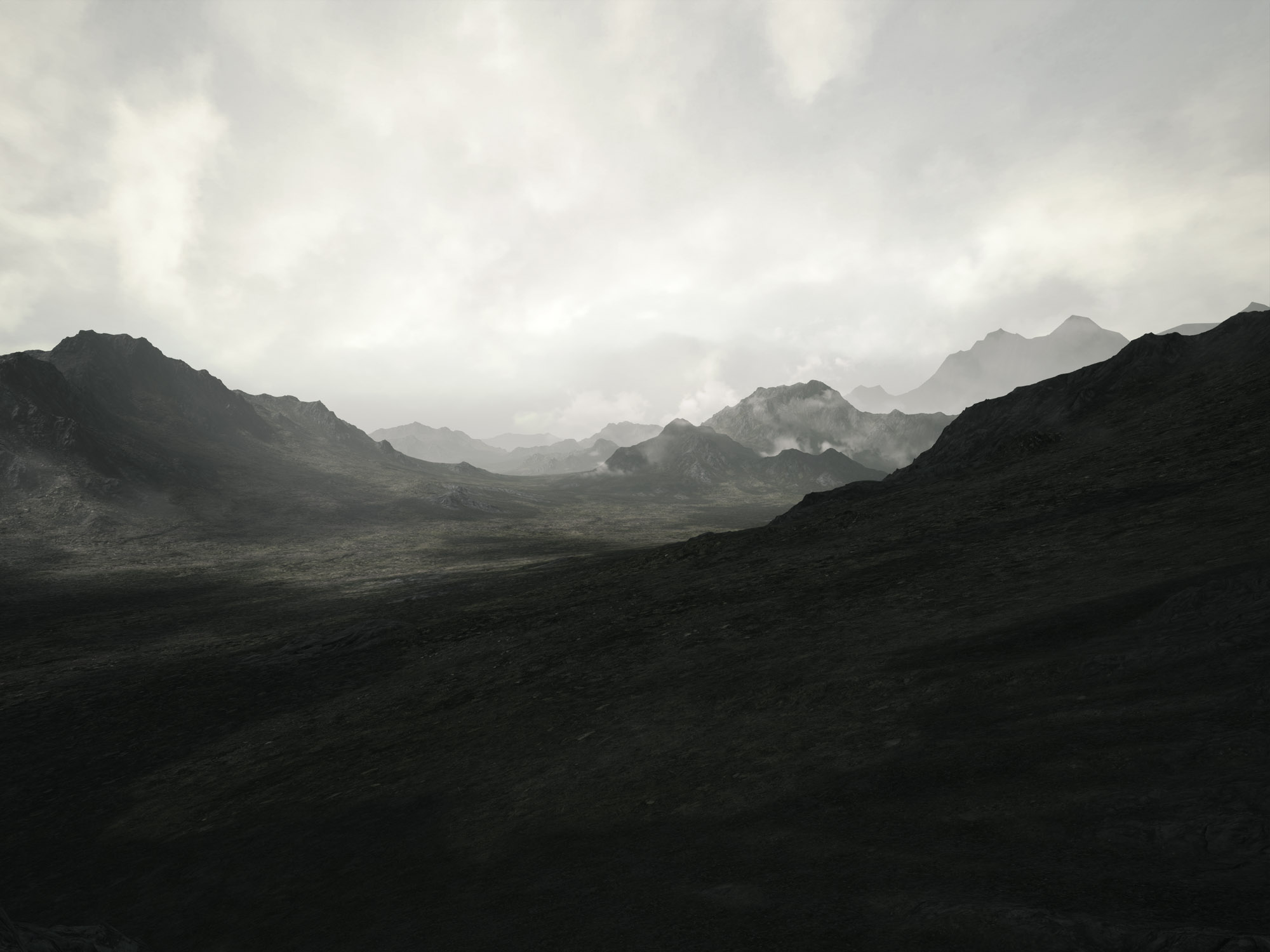

The default geography of the island is
a conglomerate of widely divergent
ecosystems and terrains.
A glacier abuts a rainforest.
A bayou meets a desert …Assembling and navigating a coherent world
from this complex
is an aptitude akin to lucid dreaming
and takes time to acquire.Sooner or later the copy
overlays the default environment
with a composite of remembered places
amalgamating the generic world with its own.
Shadows of clouds snake across
an undulating prairie of yellow grass
to expire in a distant haze of low-lying hills.Here and there sparse boulders
break the surface of the swell.Submerged in impressions of hot sand
and scented oil he listens to
waves sucking and swallowing
at the fringes of a beach.
He walks along a shore
amongst things stranded by a storm.Unrecognizable things.
Remnants from far off in time.

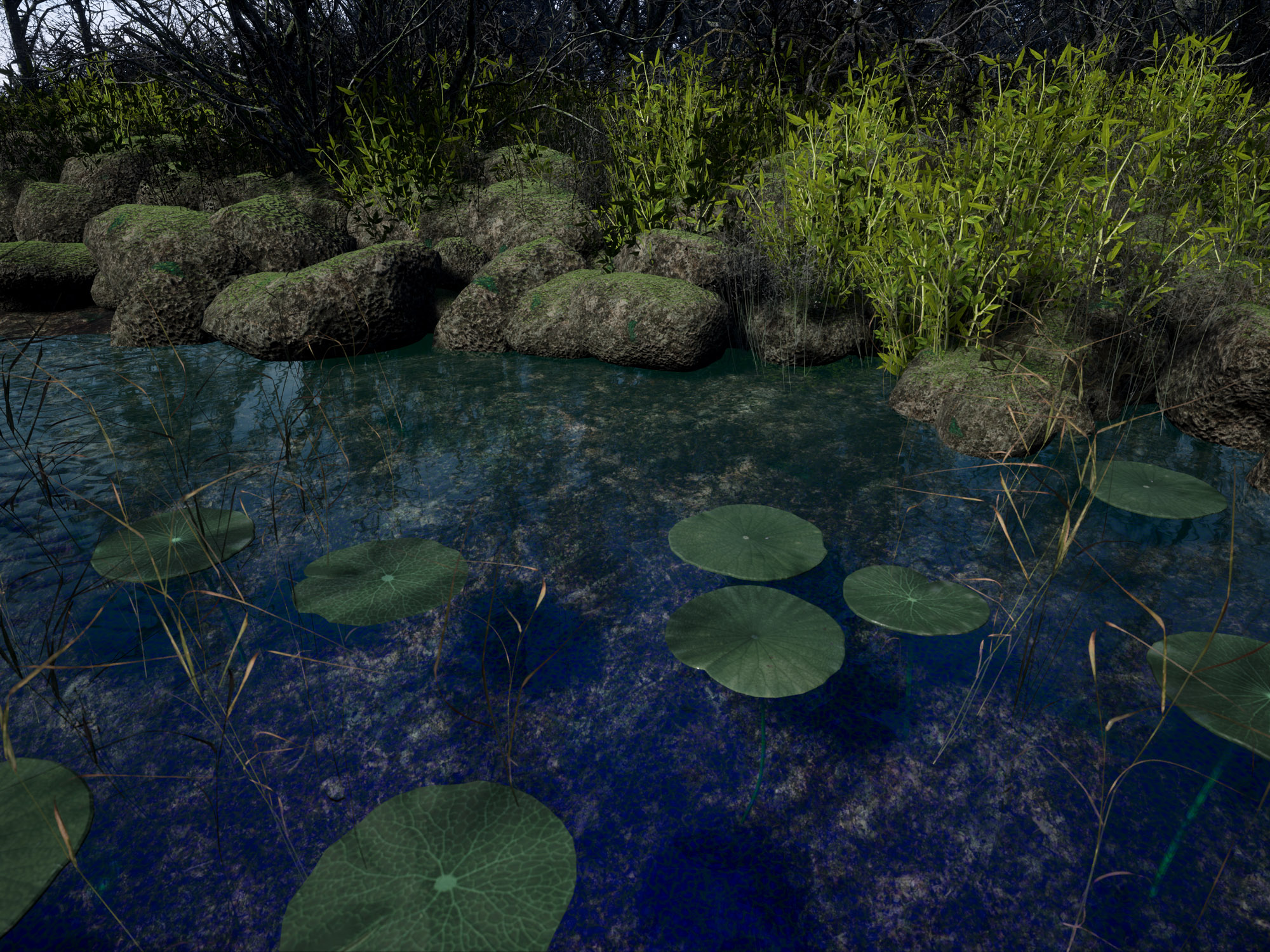
There is a story that begins with
the sinking of a ship.A sailor is washed up on a large rock,
which he sets about exploring
for the means of his survival.Throughout the tale the man is troubled by
something uncannily familiar about
the place where he is stranded.The story ends with his realisation that
the rock has the form of a broken tooth
he had been in the habit of probing with his tongue.He had summoned the memory as a refuge
at the moment of his death.
There is a story in which
a woman goes to visit her husband’s grave
after a long absence.She is distressed to find the grave no longer there.
The cemetery administrators explain to her that
space is limited and that
“the old dead must make room for the young dead.”Afterlife knows no such limitations.
A single feature of the island terrain
may be occupied simultaneously
by a limitless number of individuals.There are as many islands as there are duplicate minds.
Worlds superposed on each other
interpenetrating each other.
Unaware of each other’s existence.

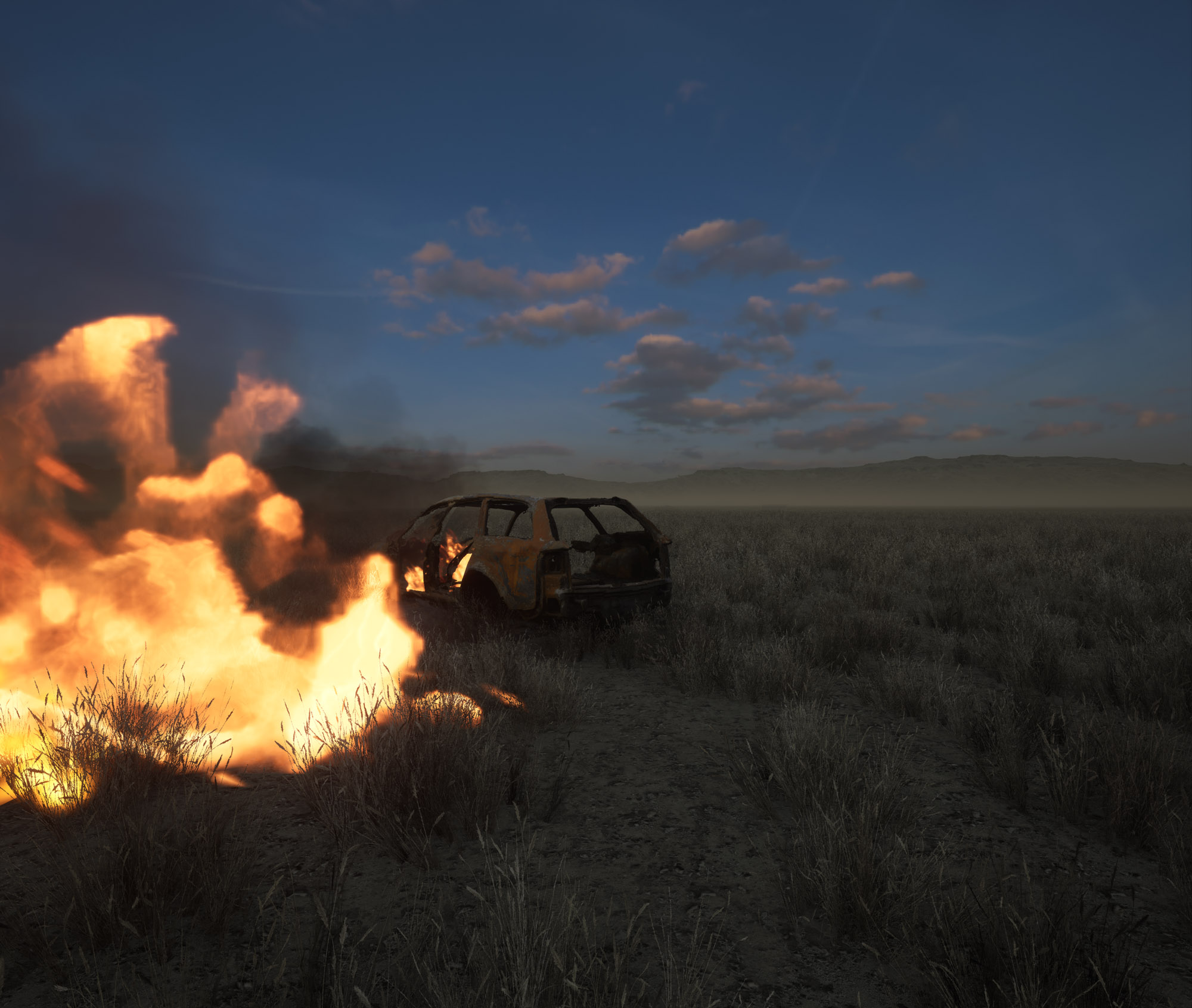
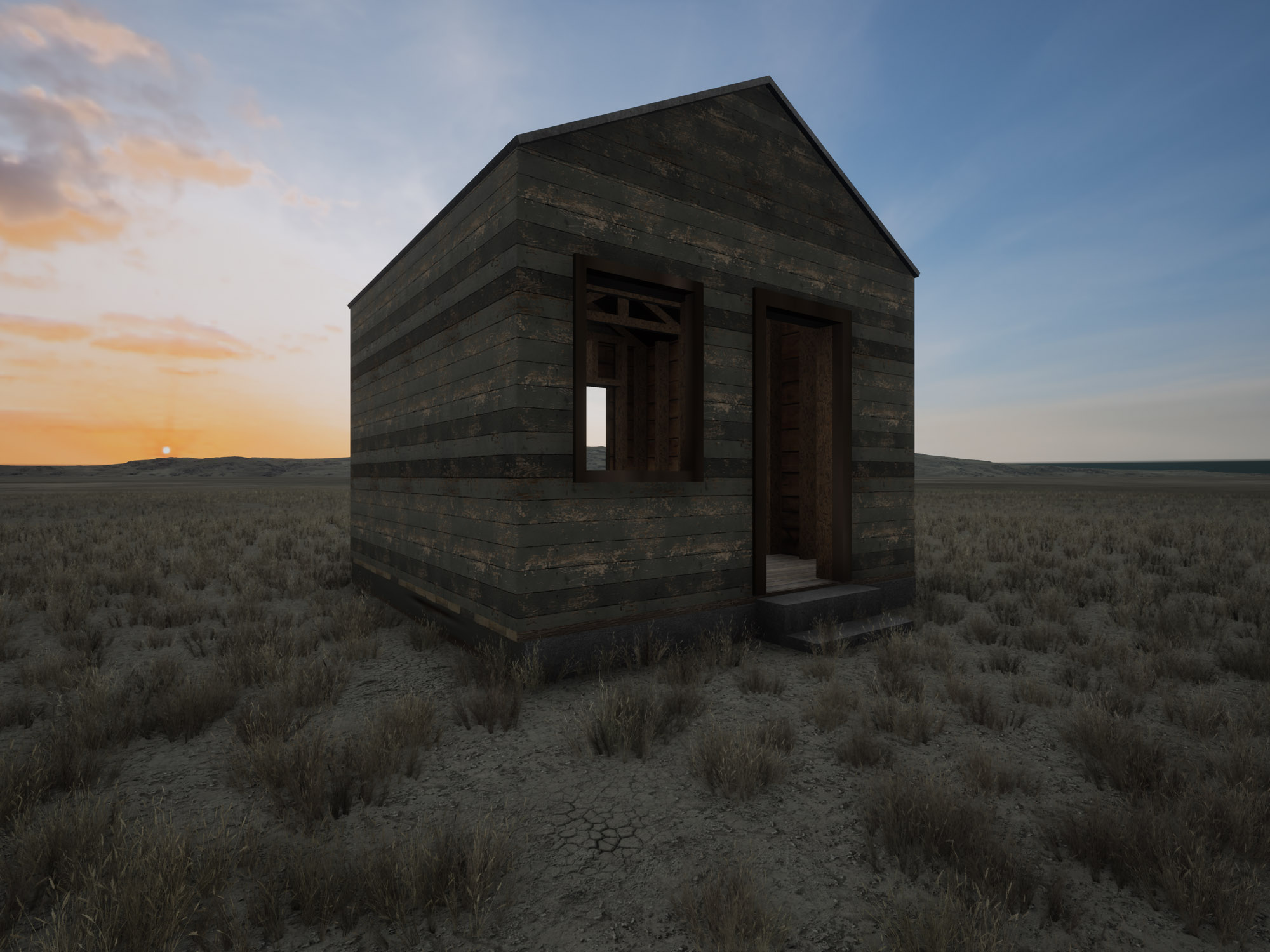
He travels.
Without conscious decision
on foot, on a train, a boat …
Snatches of landscape.
A line of smokestacks.
Houses and apartment blocks
scattered on a wooded hillside.
Glimpses of shoreline.Sometimes as in a dream
he senses her beside him.
They had supposed death would separate them
but were prised apart by life.
By imperceptible degrees their relationship
became one of mutual incomprehension.She had taken the scan early in their years together.
He had doubted he would ever take it.
Then an upgrade to Afterlife allowed the possibility
of communication between avatars.Now he searches for her in the hope of
reuniting their former memories of each other.
Like the separated halves of a treasure map.
Old notebooks, diaries.
Enigmatic names and telephone numbers.
Sometimes written in a strange hand.
A hand that once perhaps touched his own.The names summon no faces.
The dates evoke no events.
A sofa, a chest of drawers, a table and a piano.
The walls and doors are painted white
the floorboards stained dark brown.Sunlight passing through window panes
illuminates dust in the air and
projects bright rectangles on the floor.A door is open onto a second room
which opens onto a third.
The rooms appear identical.

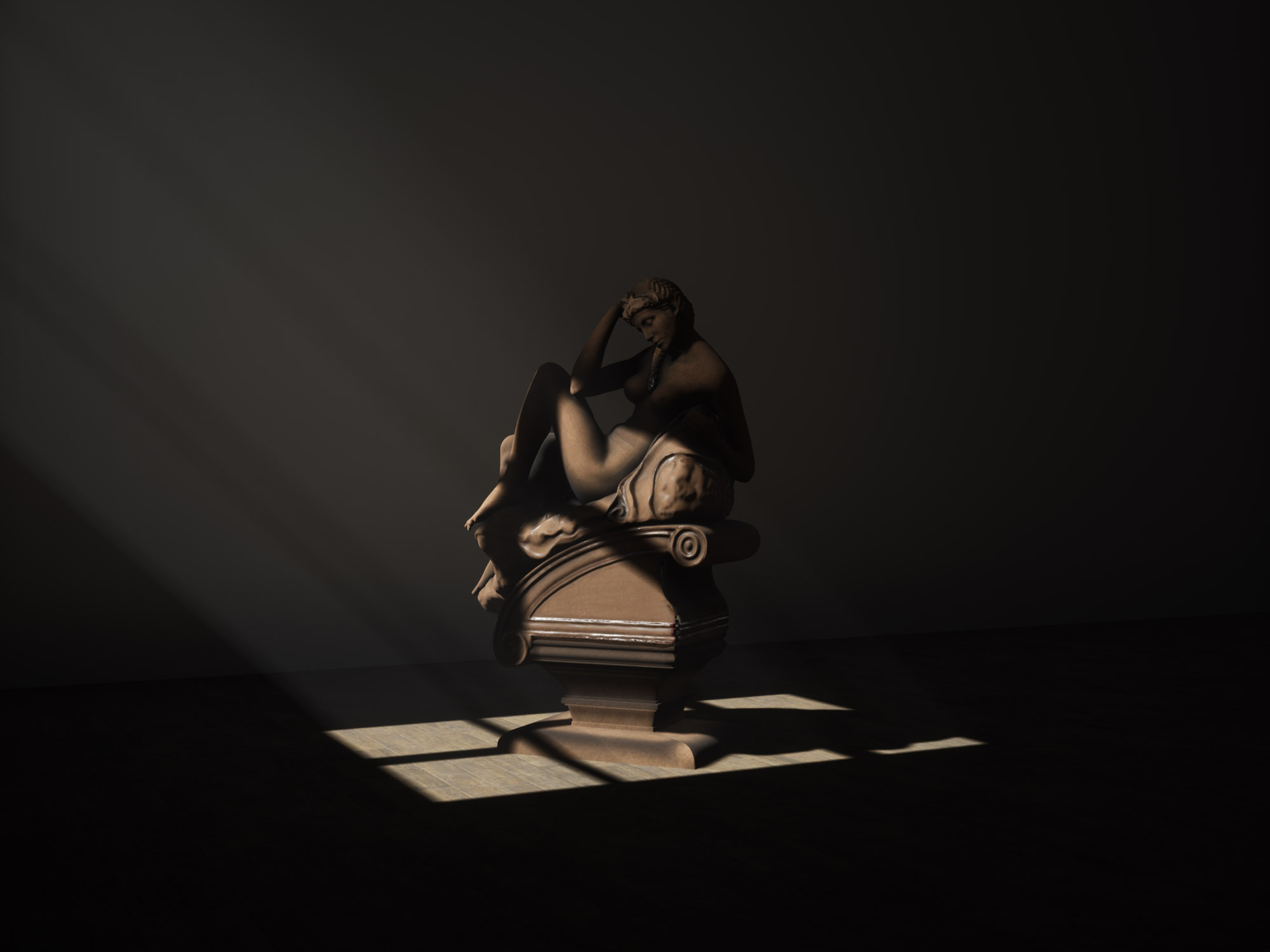
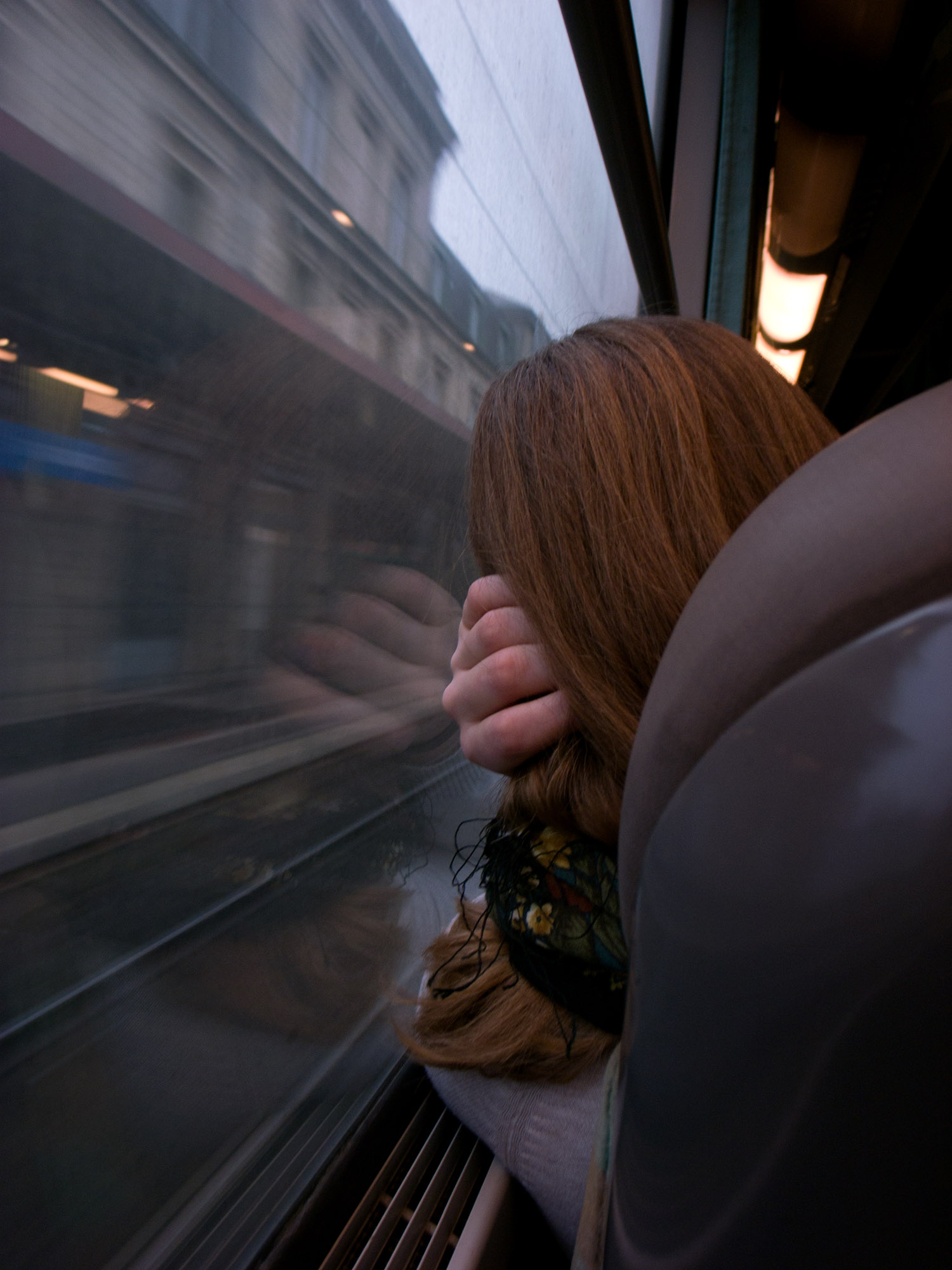


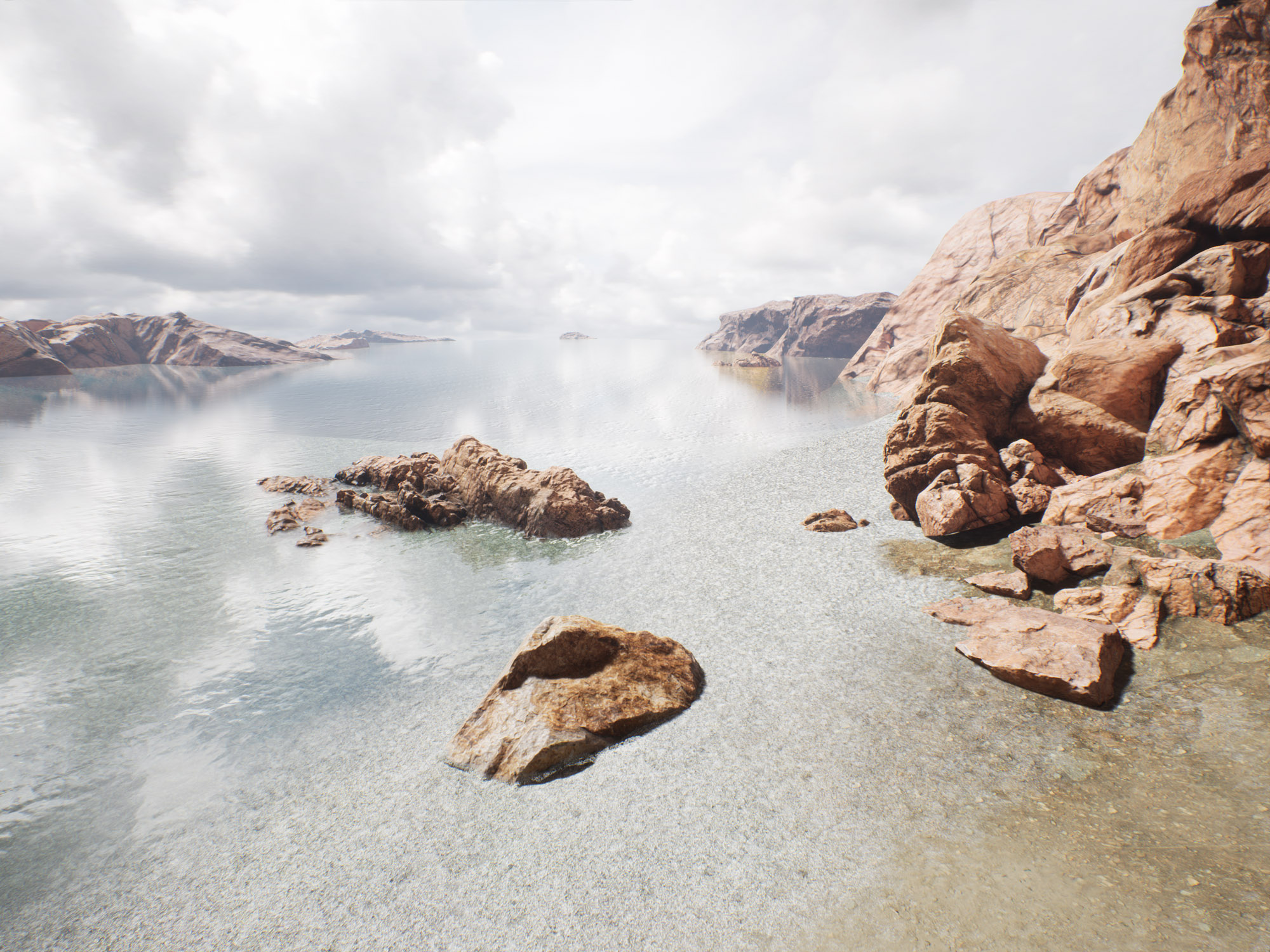
There is a story in which
a man who has chosen
to isolate himself
on a remote island
discovers one day he is not alone.A woman appears each day at the same place
to watch the sun go down over the sea.
She sits as still as if she were posing for a painting.She brings a book, always the same.
She rarely reads from it
but fixes her gaze on the horizon
as if lost in thought.
Every evening he waits for her.
When she arrives she shows
neither surprise at his presence
nor hesitation in approaching him.She looks about her as if she did not see him.
If he speaks it seems she does not hear him.
She leaves without once having
acknowledged his presence.He eventually learns she is a recording
faithful in every detail
of someone long dead.
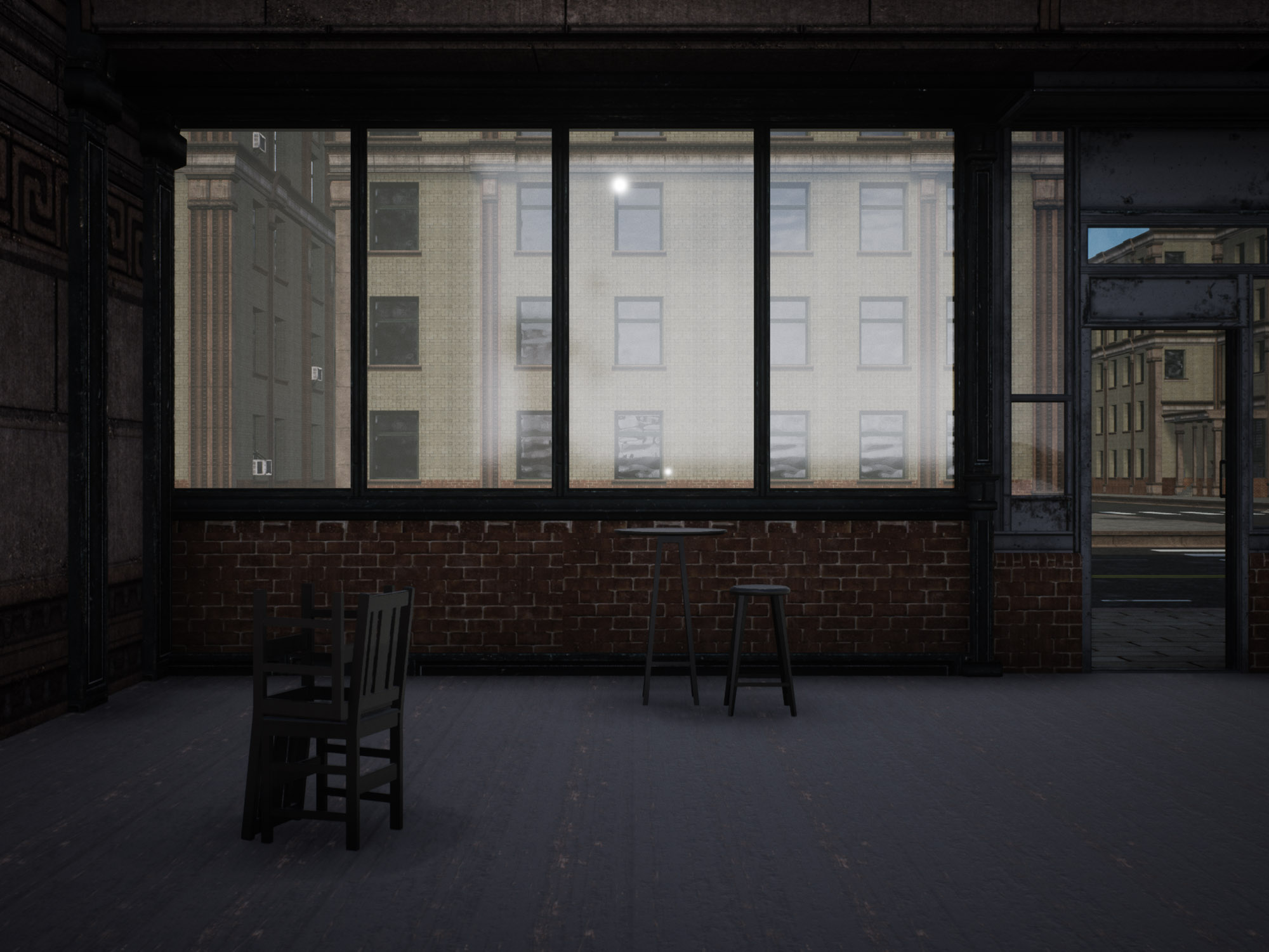
She is sitting in a restaurant
near the top of a sparsely wooded hill.
On the horizon the evening sun
glints on a motionless sea.Below the restaurant
by a road meandering down to the bay
are some low-lying school buildings
of functionalist design.Girls in identical sports dress
are playing netball on a court on a grassy terrace.
Around their weaving and gesturing
everything is still and silent.
Although the car park is full
the tables around her are unoccupied
except for a solitary couple
gazing silently out to sea.The near deserted room is filled with
sounds of clattering plates and chattering guests.A cloud slowly tilts toward the ocean
and bursts into flames as it descends.Gathering her hair behind her head
she twists it into a chignon.The long hair of a woman
who is crossing the parking lot
is lifted and tossed as if by strong wind.The leaves on the trees are motionless.
He looks from the hilltop towards
the car park at the foot of the hill.Theirs is the only car.
There are no vehicles visible on the road
winding between the swell of hills
receding into the late morning haze.They passed no one on
the long drive to this solitary place.As they climbed the hill from the car park
a wallaby bounded across their path.There are ancient stencilled hands
on the walls of a cave in the rocks at the summit.The air on the hilltop is languid and scented.
They have sex before making their way
back to the car.

There is a story that ends with
the death of a woman
on a city street.She has written a story about the city.
The manuscript is in her bag.
The only thing of value she might offer
the person who has shot her.She falls face-up on a street
“full of junk cars, broken glass, and oil stains.”
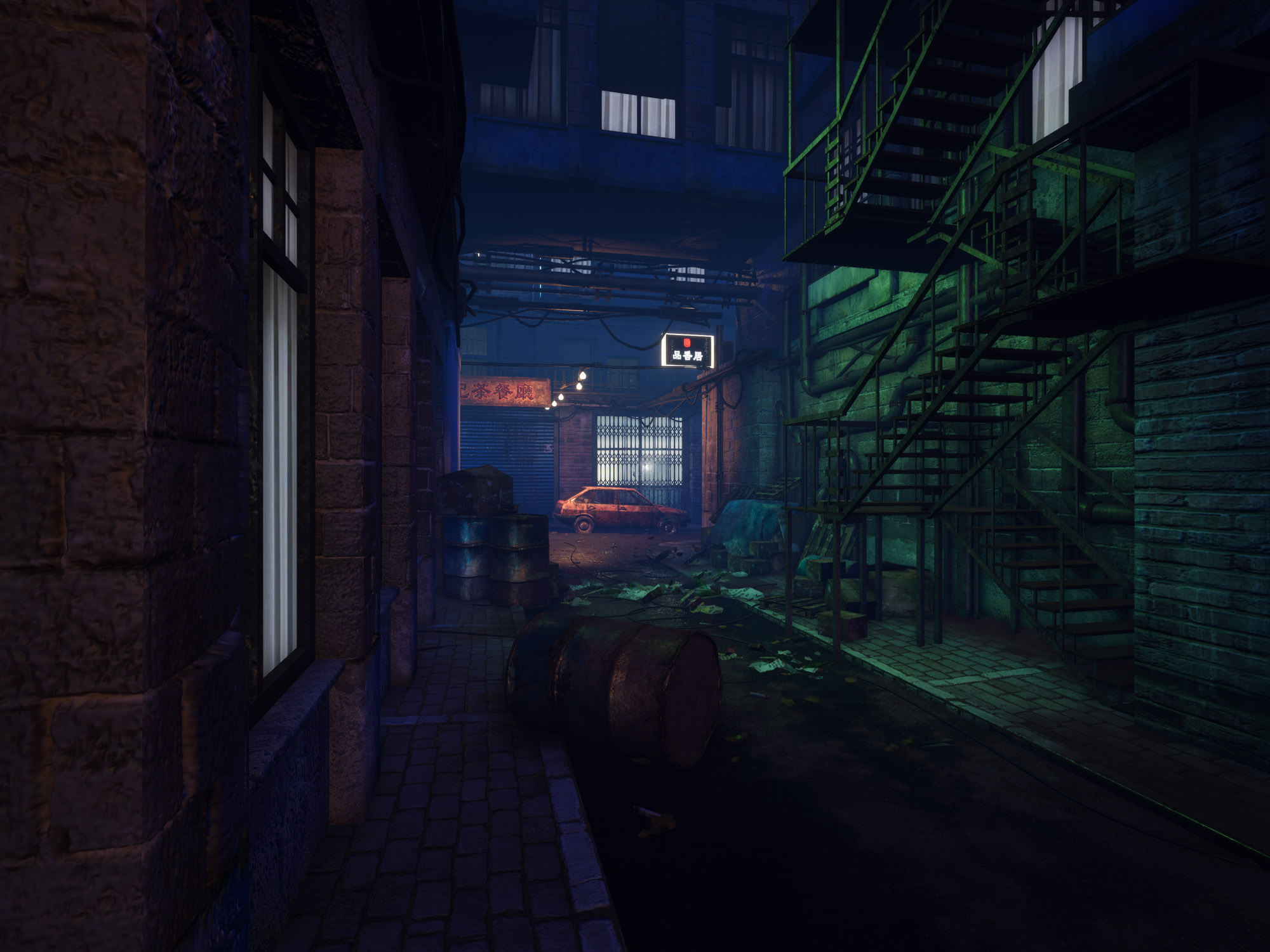

A light mist hangs over
a small pool fed by a spring
from which a rivulet
trails into the surrounding gloom.In sunlight by a rocky stream
a red-haired woman
is seated at an easel.
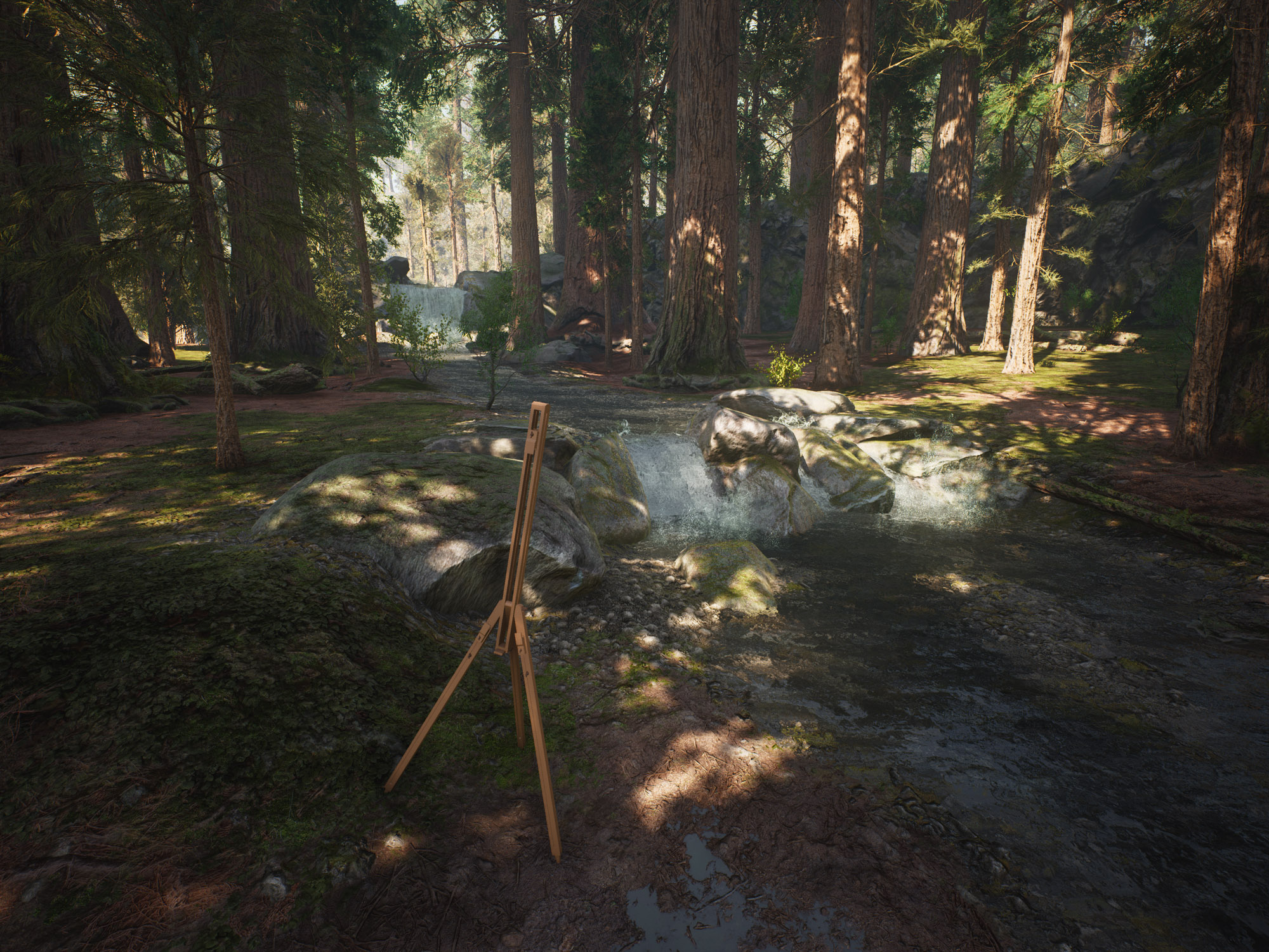
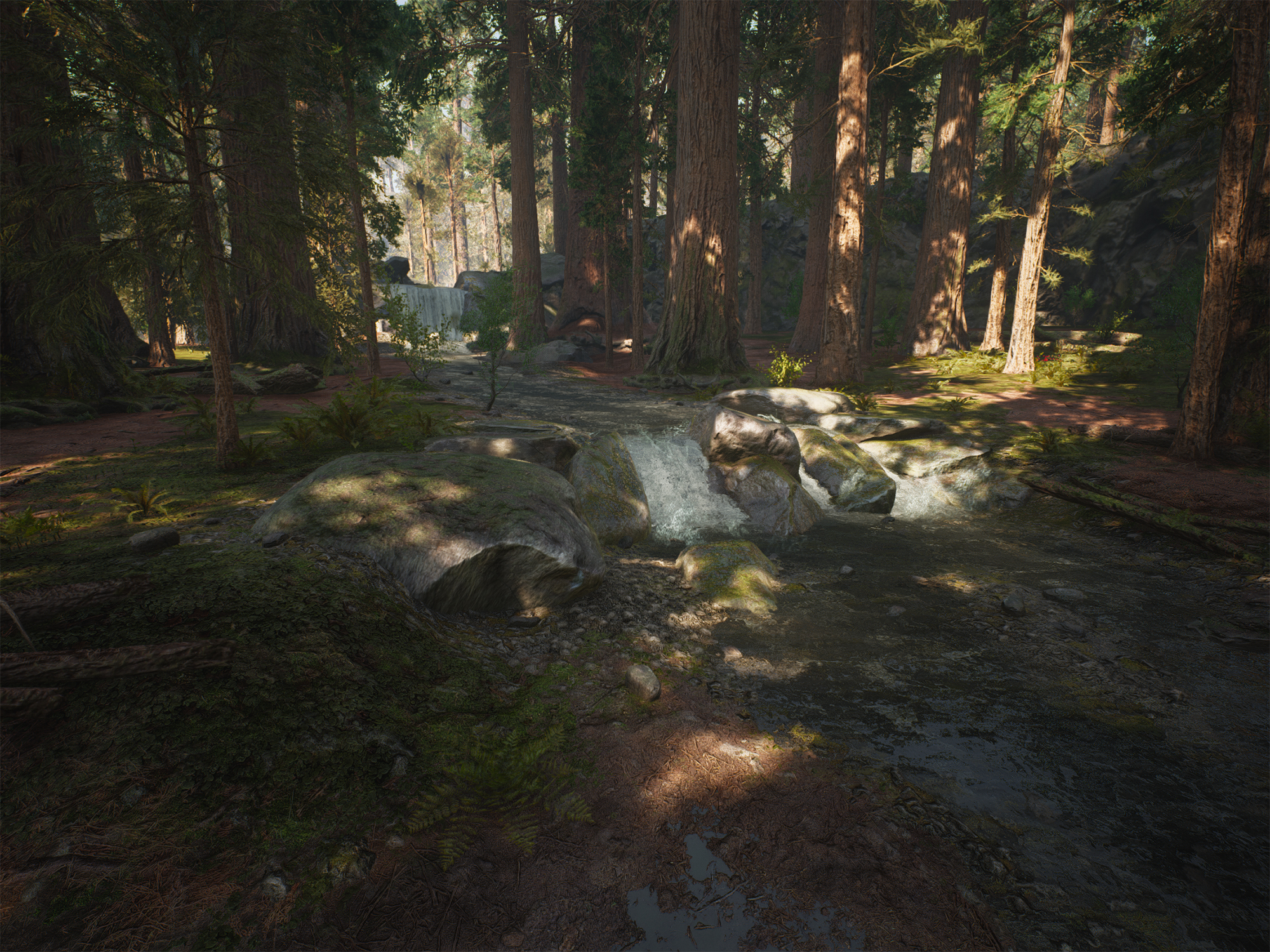
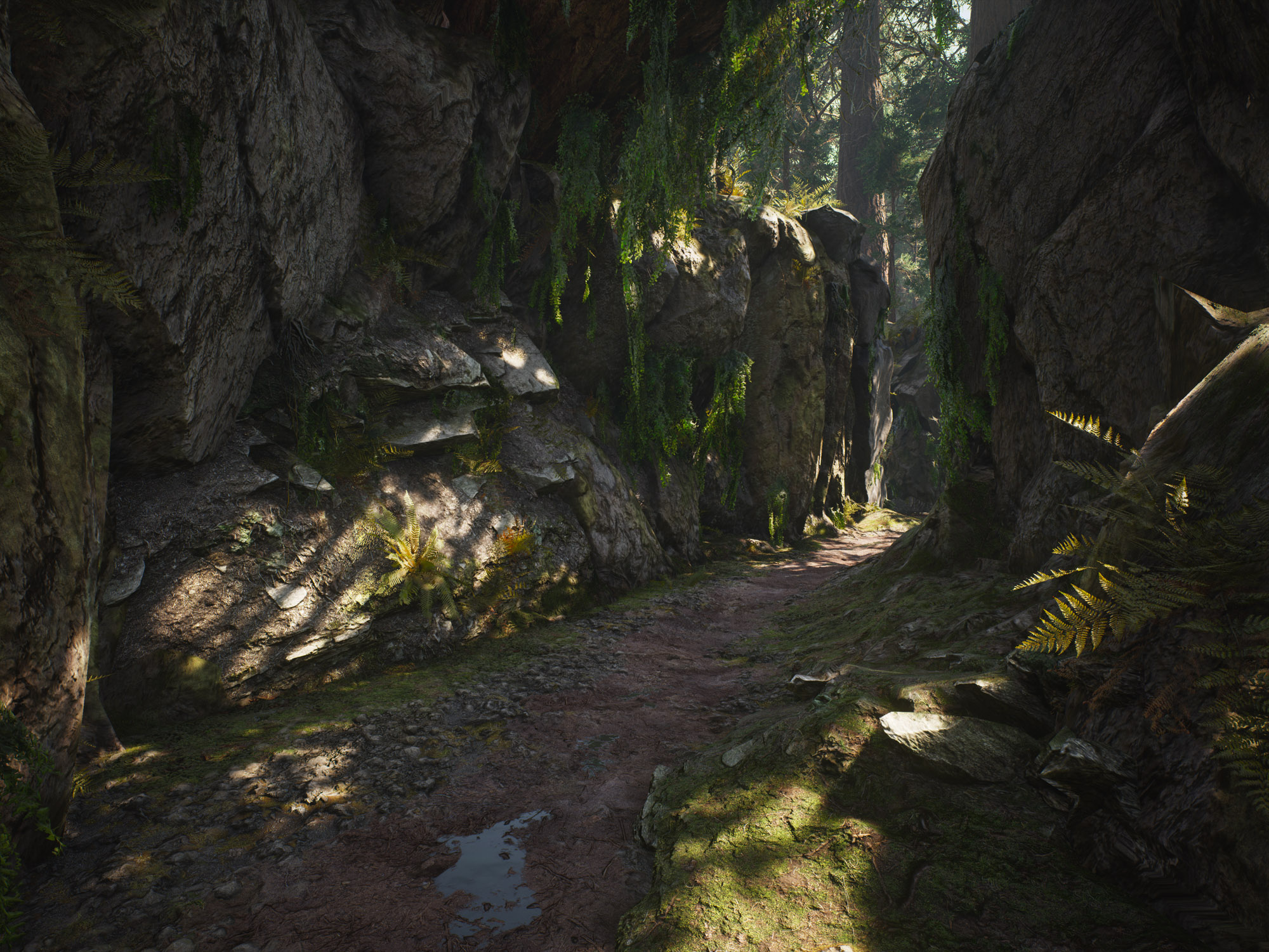
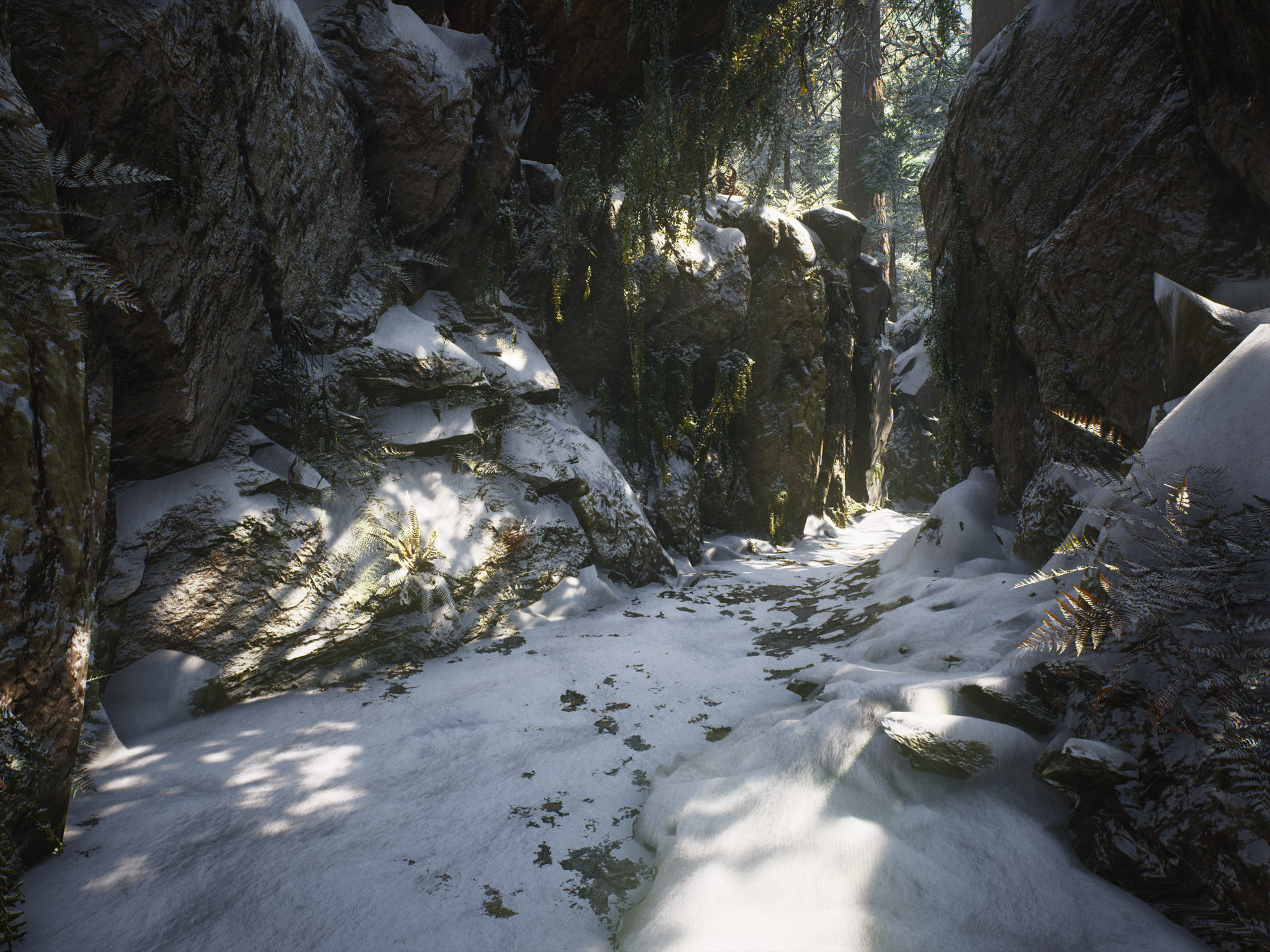
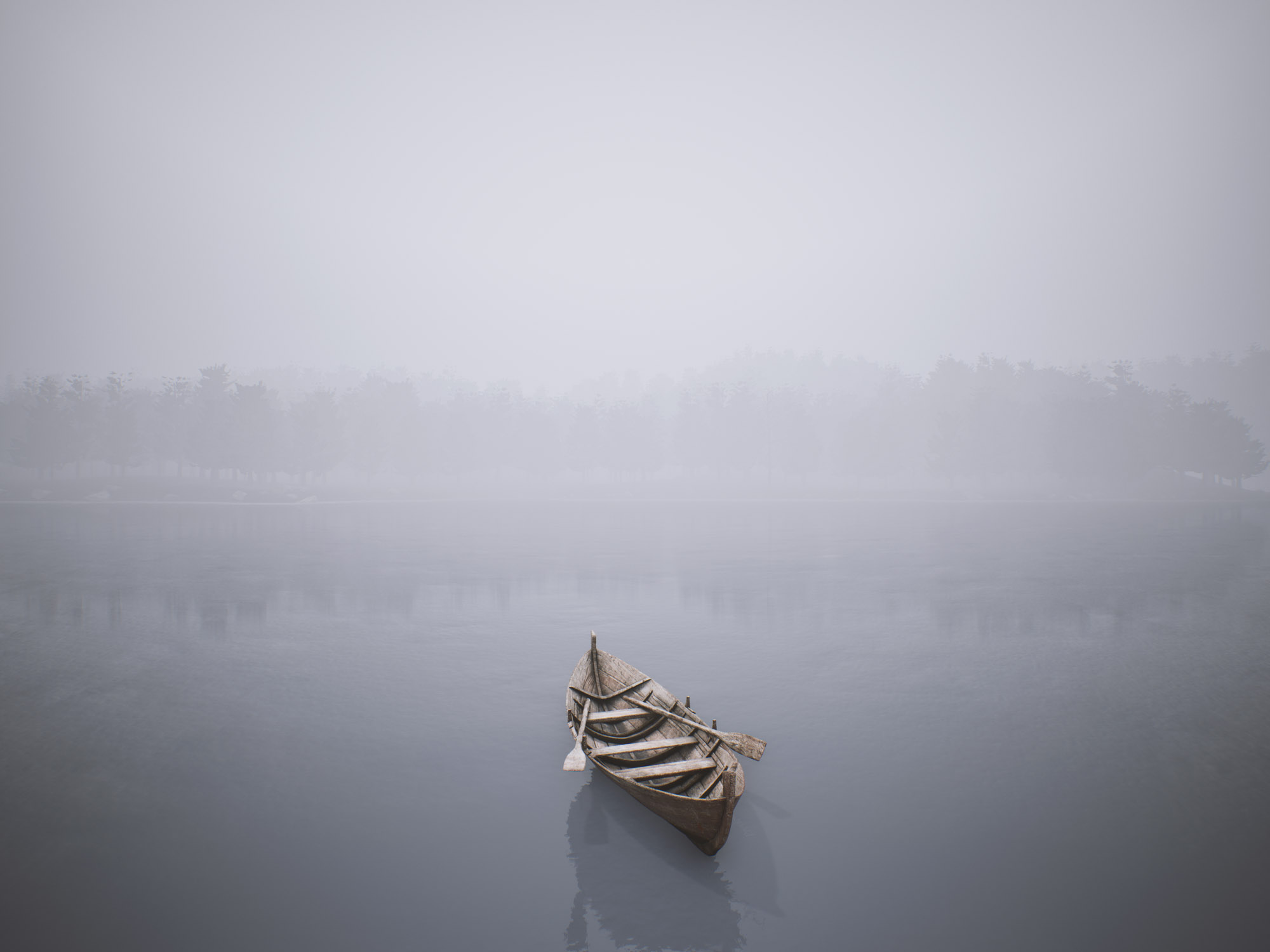
She recalled a dream.
They were walking together
along a dark street
discussing the possibility
their existence might continue after death.One or the other, it wasn’t clear, said
they might become static
in interstellar space.
Night has fallen.
The only illumination is from
a light above a narrow door.
The door is strangely tall.A man is sitting on the low veranda wall.
Turned towards a woman on his right.She wears a tube top and shorts.
Her face in the harsh light appears
older than her dress would suggest.His look appears interrogative.
Her lowered gaze offers nothing in reply.
The sun was setting when he left the scanning facility.
He found his car easily
in the near empty parking lot.As he drove down from the hills
the lights of town were
beginning to outline the bay.By the time he got home
only the porch lamp
lit his way from car to house.Entering his office
he crosses to a window
and looks into the street.A woman in a house opposite begins to read.

